
Our Office
Arusha Tanzania
Hotline
+255 689 140 127
Email us
info@arisisafaris.com

Arusha Tanzania
+255 689 140 127
info@arisisafaris.com
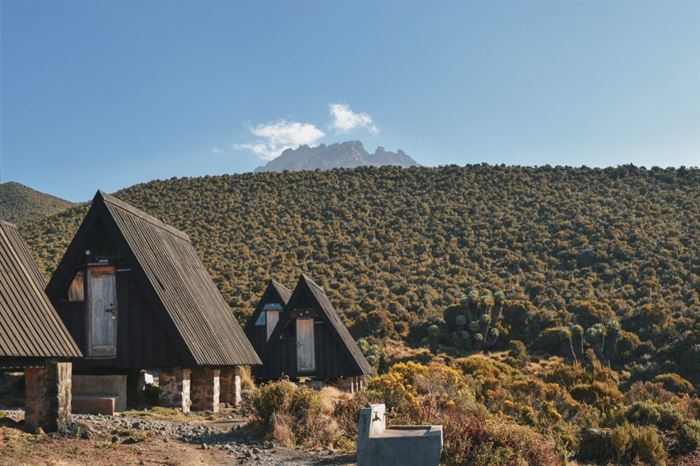
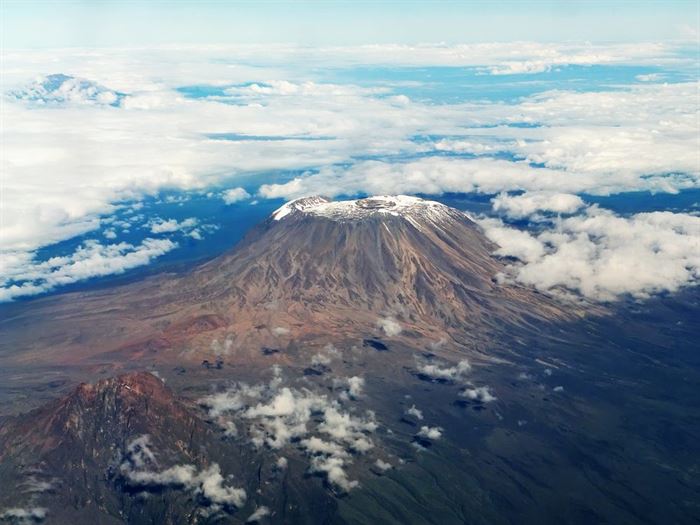
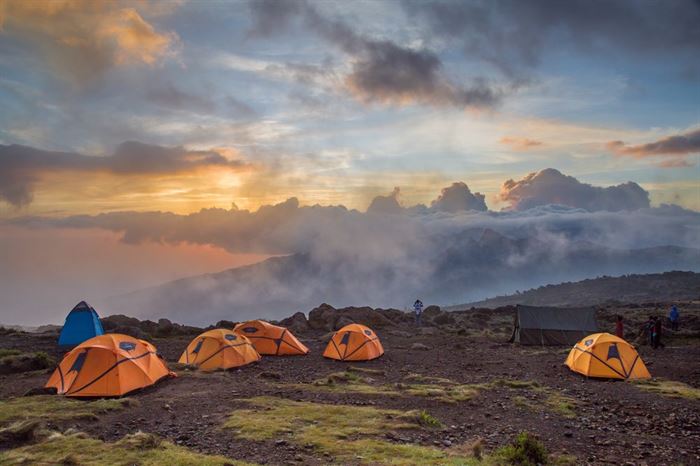
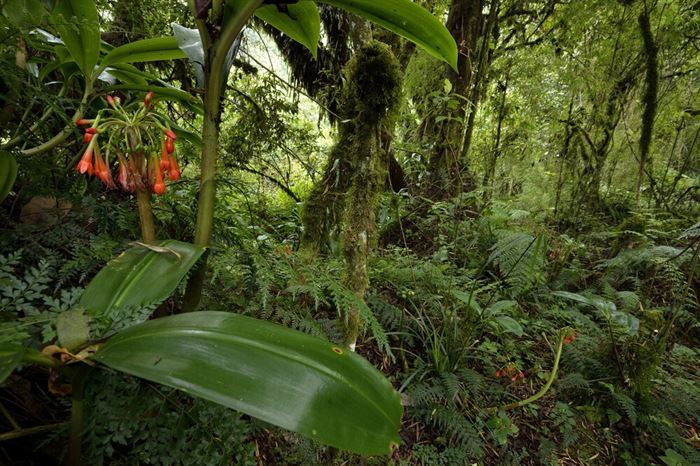
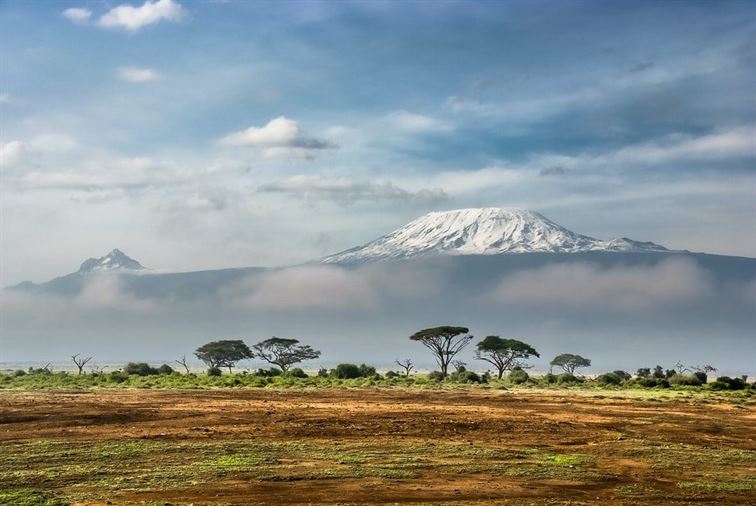

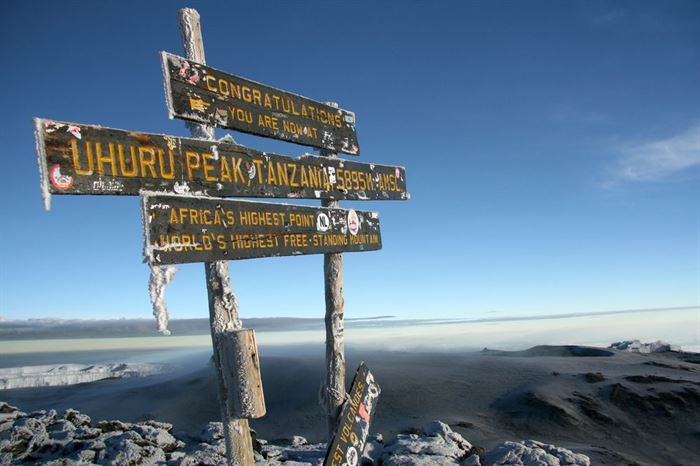
Need help with booking? Send Us A Message
Northern Circuit-This is also a new and longest route up to Mt. Kilimanjaro, because of its length, the Northern Circuit has the highest summit success rate. This route follows the Lemosho route for the first two days, when crossing the Shira Plateau the route changes and follow the northern circuit instead of going through the most popular southern circuit via Barranco valley which is used by many routes. The Northern Circuit takes a minimum of 8 days, but 9 days option is also preferred for better acclimatization.
You will be met on arrival and transfer to a standard hotel in Arusha/Moshi, on Bed & Breakfast. This day a pre-trek briefing will be given by your lead mountain guide.
Your trekking equipment will also be checked; you have an option to rent any other needed equipment for your trek.
Elevation: 7,742 ft to 9,498 ft
Hiking Time: 3-4 hours
Distance: 6 km | 4 miles
Habitat: Rain Forest
We depart Moshi for Londorossi Gate, which takes about 4 hours, where you will complete entry formalities. Then drive to the Lemosho trailhead. Upon arrival at trailhead, we begin hiking through undisturbed forest which winds to the first camp site.
On Mt Kilimanjaro
We continue on the trail leading out of the rain forest and into a savannah of tall grasses, heather and volcanic rock draped with lichen beards. As we ascend through the lush rolling hills and cross several streams, we reach the Shira Ridge before dropping gently down to Shira 1 Camp. Here we catch our first glimpse of Kibo across the plateau.
We explore the Shira Plateau. It is a gentle walk east on moorland meadows towards Shira 2 Camp. The heath zone displays abundant wildflowers and unique Senecio trees. Then we divert from the main trail to Moir Hut, a little used site on the base of Lent Hills. A variety of walks are available on Lent Hills making this an excellent acclimatization opportunity. Shira Plateau is one of the highest plateaus on earth.
We trek out of Moir Valley with a moderately steep climb, then hike to the summit of Lent Hills before returning to the main trail. The path crosses a rock field and gently undulates before reaching Buffalo Camp. This section of the trail offers great views across the plains that lie north of Kilimanjaro and stretch out to the Kenyan/Tanzanian border.
As we head up Buffalo Ridge, the terrain becomes increasingly sparse. This route is rarely travelled and we will enjoy its mountain wilderness feel. We trek through remote valleys on to the northern slopes of Kilimanjaro until we arrive at Third Cave.
We climb steadily up and over the “Saddle,” which sits between Kibo and Mawenzi. We continue on to our camp, School Hut. Once here we make camp, rest and enjoy dinner while preparing for the summit day.
A gentle walk takes us down through the rain forest to Mweka gate where successful climbers will receive their summit certificates. After lunch we drive back to Arusha and meet our team for feedback of your trekking. Mweka Camp to Mweka Gate: 3-5 hours walking.
We make our descent going straight down to Mweka Camp, which is situated in the upper forest. The trail is very rocky and can be quite hard on the knees; trekking poles are helpful. Later in the evening, we have our last dinner on the mountain.
On our last day, we continue the descent to Mweka Gate. At lower elevations, it can be wet and muddy. A vehicle takes us back to the hotel in Moshi, where we receive our summit certificates.
Today after breakfast your transfer driver will pick you up and drive to Kilimanjaro airport for your return flight, Breakfast.
The inclusions and exclusions vary by tour. Each tour has its specific set of inclusions and exclusions. Please refer to the individual tour page to see what is specifically included in that tour.
Many texts state that Kilimanjaro is “easily accessible”. However, you should not underestimate this mountain. There are no technical mountaineering skills required, but general fitness is necessary. However, the biggest problem for climbers is the effects of high altitude, which seem to be unrelated to fitness, age, or gender.
It is a good idea to start some physical training prior to the trek, which might include aerobic cross training and hiking to familiarise your body with the rigors of the trek. The fitter you are, the easier the climb will be for you. Determination and will power is another important factor.
Please use the main menu on the left to browse through our section “Resources>Health information for Kilimanjaro climbers”.
On camping trips, all equipment will be provided except for a 4-season sleeping bag. You do not need to provide any other camping gear; only personal belongings. See our Kilimanjaro packing list and Safari packing list.
It should be noted that the luggage limit per person on domestic flights is 15-20 kg per person (checked-in and hand luggage).
On your inbound flight, don’t check in items that you absolutely need (such as medicines), as it is not uncommon that checked-in luggage gets misdirected and arrives in Tanzania a couple of days after you. It is better to have such items in your hand luggage.
preference, let us know, and we will offer alternatives from our vast network of company-owned and partner accommodations. Booking with us allows you to enjoy discounted rates as we have special agreements with our partners.
Around 80% of climbers choose the Marangu Route (5 or 6 days), which is commonly referred to as the “Tourist” or “Coca Cola” Route. The rest usually goes for the Umbwe, Rongai, or Machame Route (6 or 7 days). The other two routes (Shira and Lemosho) are far less frequented and therefore allow for a more remote and natural experience.
Please note that many of the routes meet on a mid-way point and there are only three routes to the summit.
Please see our route comparison table, read the descriptions of the routes, and ask us if you have any questions.
Kilimanjaro can be climbed throughout the year.
January to March is a very good month with mild temperatures and almost no clouds in the morning and late afternoon. During the day, however, there might be few short rain showers or little snow on the summit. The main rainy season starts end of March and lasts until the end of May. For Kilimanjaro climbers, this means that clouds may block visibility and there might be heavy rains on the lower altitudes and snow on the summit. June, July, and August can be cold, but visibility is usually very good. Temperatures rise in September and October, however, during this time of the year, there is often a belt of mist on the middle altitudes, leaving the summit’s peak through the clouds. November and December usually have perfect visibility in the nights and morning, but short rains during the day and thunderstorms in the late afternoon are common.
For Kilimanjaro climbers, a factor to take into account is the full moon – it is a unique experience to climb the roof of Africa lit under the shining moonlight only without having to use headlights.
Where can I get a visa for Tanzania?
Where in Tanzania is Moshi/Kilimanjaro and how do I get there?
Who will be my guide?
Will I be able to speak to people in English in Tanzania?
The official and spoken languages of the country are Swahili and English. Many people have English as their second language as they were taught this at school. All Tanzanian working in the tourism field can communicate in English.
In the countryside, or when communicating with children, local women, or individuals of lower school education, it might, however, be difficult to speak in English.
It is appreciated by locals if travelers can speak some words in Swahili. A few words are surprisingly easy to master. It is a good idea to spend a few dollars to purchase a Swahili phrasebook.

Arisi Safaris is a tour operation company registered in Tanzania. We do our tours in Tanzania, Kenya, Uganda, Rwanda and other countries in Africa.
Give Us A Call
Drop Us a Line
Office Location
Ut enim ad minim veniam, quis nostrud exercitation ullamco laboris nisi ut aliquip ex ea commodo consequat. Duis aute irure dolor in reprehenderit in